
Indian PM Modi Inaugurates Strategic Tunnel Enhancing Connectivity to China Border
Indian Prime Minister Narendra Modi inaugurated the Z-Morh tunnel, a vital 6.4-kilometer road tunnel in the Himalayas, designed to provide all-weather access to high-altitude border areas near China and Pakistan. This strategic project is part of India’s broader infrastructure drive to enhance connectivity and bolster defense capabilities in sensitive border zones.
The Z-Morh tunnel, located near the Sonmarg region, serves as a critical link between Indian-administered Kashmir and Ladakh. It forms a key segment of the Srinagar-Leh Highway, facilitating year-round movement of military supplies and civilian transportation. The $313 million project, which has taken a decade to complete, was inaugurated by Prime Minister Modi, who highlighted its transformative impact on regional connectivity.
“With the opening of this tunnel, connectivity will be significantly improved,” Modi said, addressing the event in freezing conditions.
India’s infrastructure development along its 3,500-kilometer border with China comes amid ongoing tensions between the two nations. A deadly clash in 2020 resulted in casualties on both sides, underscoring the strategic importance of enhanced logistics and mobility in these remote areas.
The Z-Morh tunnel complements ongoing projects, including the 13-kilometer Zojila tunnel, which is over halfway completed and expected to open in 2026. These tunnels aim to ensure uninterrupted access to border zones, especially during harsh winters when traditional routes are snowbound.
Beyond military objectives, these developments hold promise for local economic growth. The Srinagar-Leh Highway is anticipated to boost trade, tourism, and connectivity for communities in the Himalayan region.
However, the region remains fraught with challenges. The Z-Morh tunnel was the site of a deadly attack last October when gunmen killed seven workers. The attack was linked to the long-standing insurgency in Muslim-majority Kashmir, a territory claimed by both India and Pakistan since their independence in 1947.
India has also undertaken other ambitious infrastructure projects, such as a $3.9 billion railway line connecting the plains to Kashmir, including the Chenab Rail Bridge, the highest railway bridge in the world. This 272-kilometer railway is set to revolutionize connectivity in the region, linking Udhampur, the headquarters of the army’s northern command, to Srinagar, the regional capital.
As Modi pushes forward with infrastructure advancements, the strategic and socio-economic implications of these projects underscore India’s determination to strengthen its presence and resilience in the contested Himalayan region.
- DRRMNC Urges Swift Action to Tackle Forest Fires and Accelerate Reconstruction Efforts
- Nepal Observes People’s Movement Day to Commemorate Restoration of Democracy
- Nepal and India Supreme Courts Sign MoU to Strengthen Judicial Cooperation
- Process to Provide Drinking Water to Dharan Moves Forward, PM Oli Confirms Mayor Harka
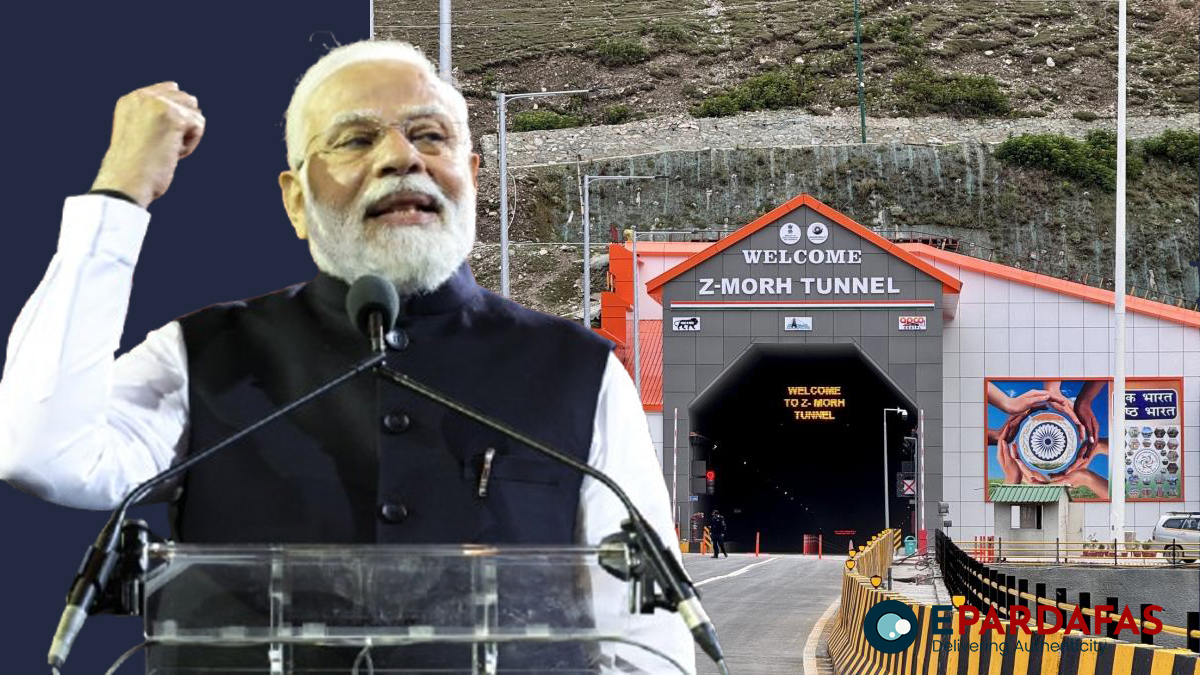
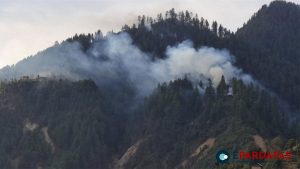
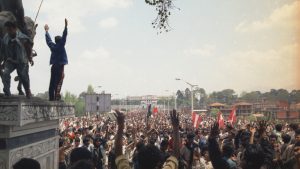
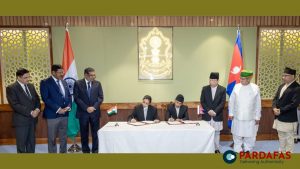
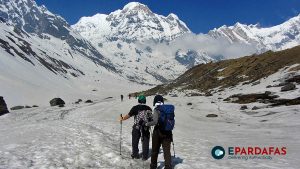


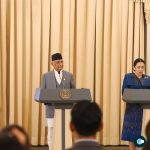


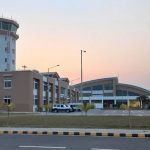


Comments